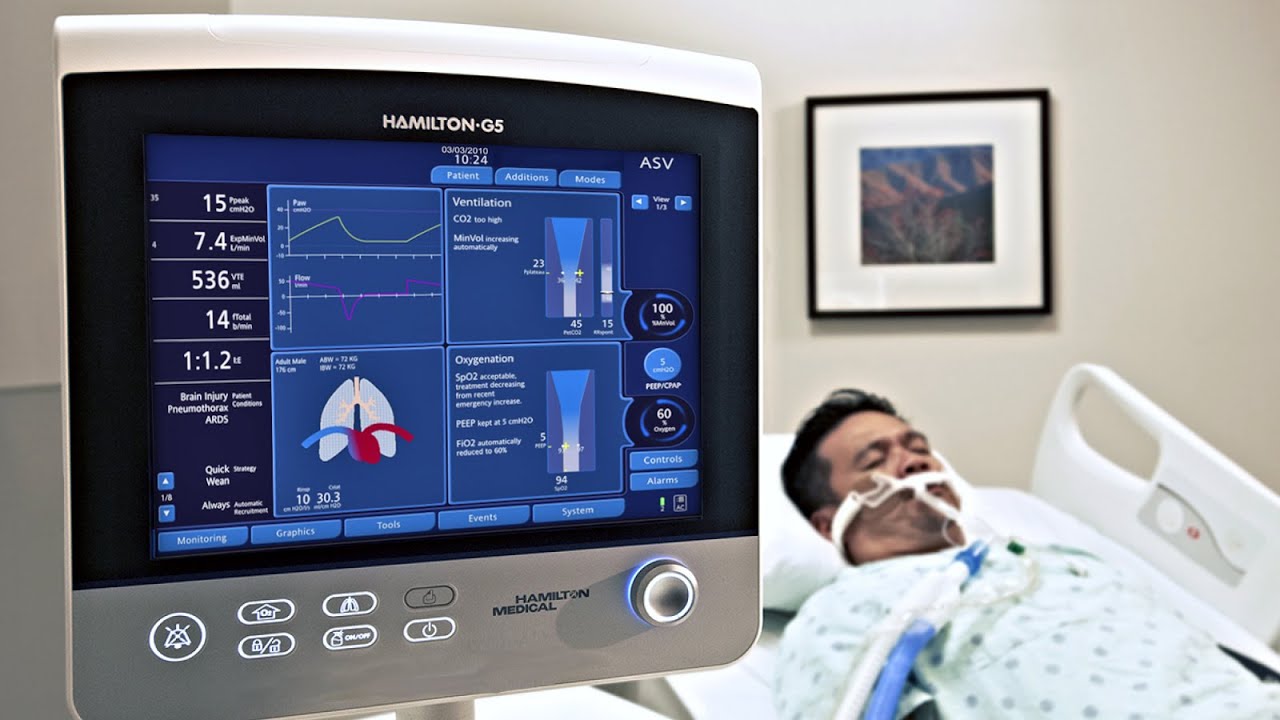RIO DE JANEIRO, BRAZIL – With the pandemic of the new coronavirus, causing the Covid-19 disease, the demand for medical ventilators has skyrocketed. The disease causes not only fever and cough, but also breathing impairment. As a result, infected people may need hospitalization and start breathing with the help of devices.
Ventilators are medical devices that help people breathe when the respiratory system becomes impaired, as is the case with people who contract the Covid-19 and have severe medical conditions.
What these devices do is carry air through a tube in the patients’ trachea into their lungs. Unless this procedure is performed, patients may die.

The lack of ventilators is already a reality in the world. Italy, the country that records the most deaths due to the novel coronavirus, has already been forced to choose the patients who would have access to ventilators.
South Korea and China have taken steps to test a large number of people for the disease and force the population to remain at home to contain the growth curve of contagion in order to maintain the capacity of medical care minimally suited to demand.
However, countries like Brazil are at risk of collapse in the health system due to lack of beds and ventilators. The Ministry of Health says 43,733 devices are available to SUS (Unified Health System) patients.
The Swiss company Hamilton Medical, which leads the global ventilator sector, typically produces 220 ventilators per week. Because of the coronavirus, the company will manufacture 400 in the coming weeks. That’s 57 per day or two per hour, even for the sector leader. Countries like Brazil are recording more than 100 new cases per day and, considering the mortality rate of about 3.7 percent, the country alone would demand at least four ventilators per day for critically ill patients.
In an interview to the American magazine Wired, Jens Hallek, the company’s president, explains that producing this equipment requires specific knowledge and manufacturing accuracy.
“These are highly sensitive devices, and not only do they have many components, but there is a great deal of software work. If one of the components fails to work properly, the whole device stops and can no longer be used,” Hallek said.
Faced with the new coronavirus pandemic, US medical device manufacturer Medtronic also announced it will double production capacity and supply of ventilators, which are critical equipment for inpatients with the Covid-19.
“No company will be able to fully meet the global demand of healthcare systems,” said Bob White, president of the minimally invasive therapies group at Medtronic, in a statement.
Companies such as GE Healthcare, Getinge and Philips have also committed to increase production of medical devices to meet the global demand for quality medical care for patients infected with the novel coronavirus.
Global President of Philips, Frans van Houten, said last week that the company’s manufacturing in China is beginning to rebound and will increase its production of ventilators, diagnostic imaging equipment and patient health monitors.
“We are working closely with our suppliers to ensure we provide supplies to feed our own plants and our suppliers of finished products,” said the president of Philips in a statement.
Even automakers are interested in starting production of such equipment, such as US GM, Ford and Tesla, German Volkswagen and Daimler, and Italian Ferrari and Fiat Chrysler Automobiles – at least during the global public health crisis.
However, vehicle manufacturers will still need to learn the required procedures to produce ventilators and their effectiveness in manufacturing medical equipment cannot be gauged, and the relationship between cars and ventilators is tenuous.
With a vaccine a year away in the most optimistic projections (the Ebola vaccine took five years to reach the market), social distancing is still humanity’s main weapon against the spread of the novel coronavirus.

